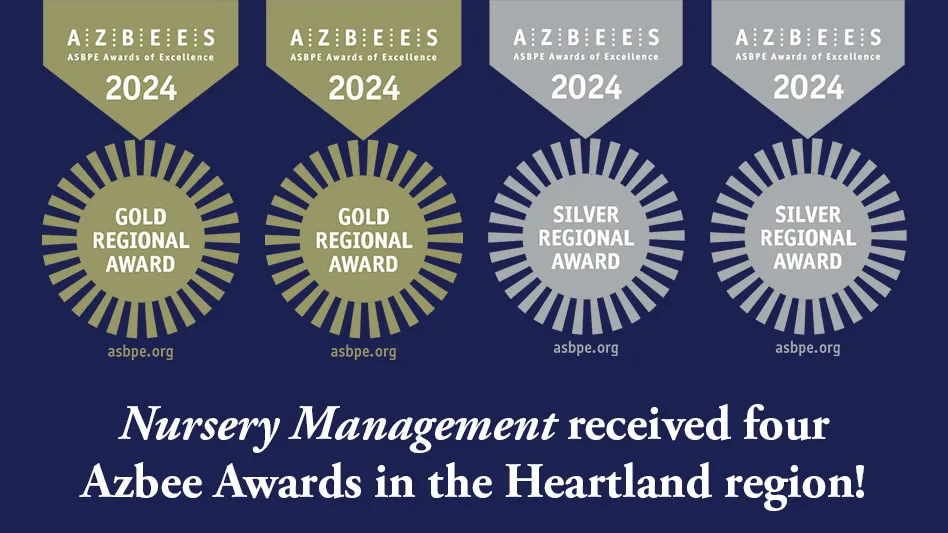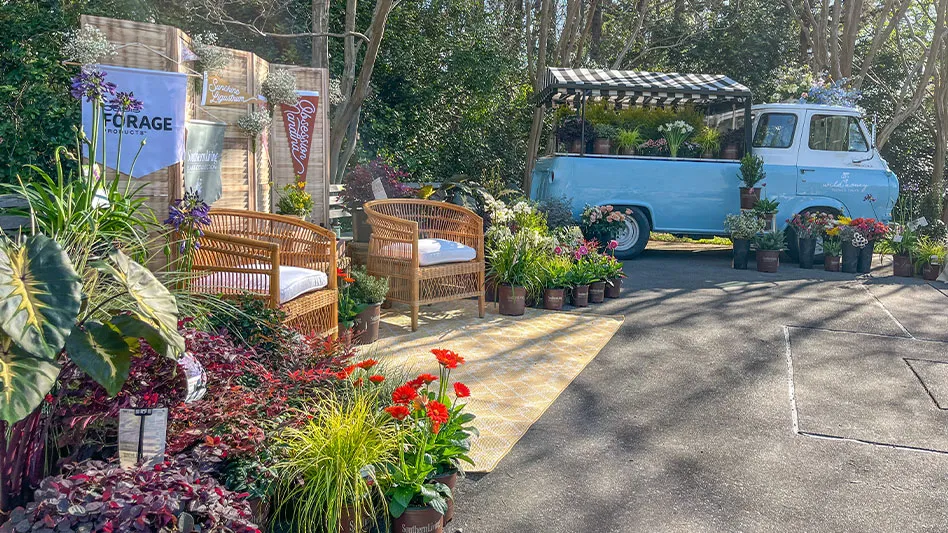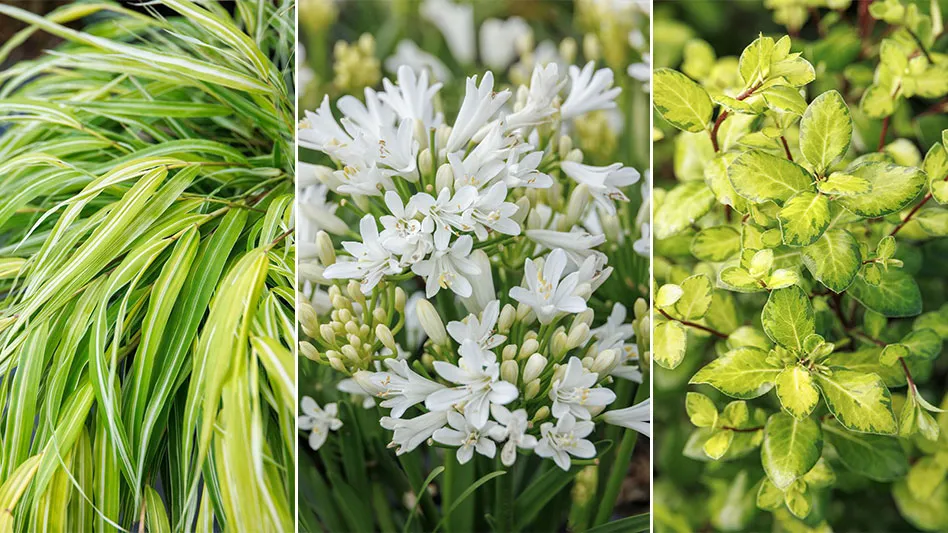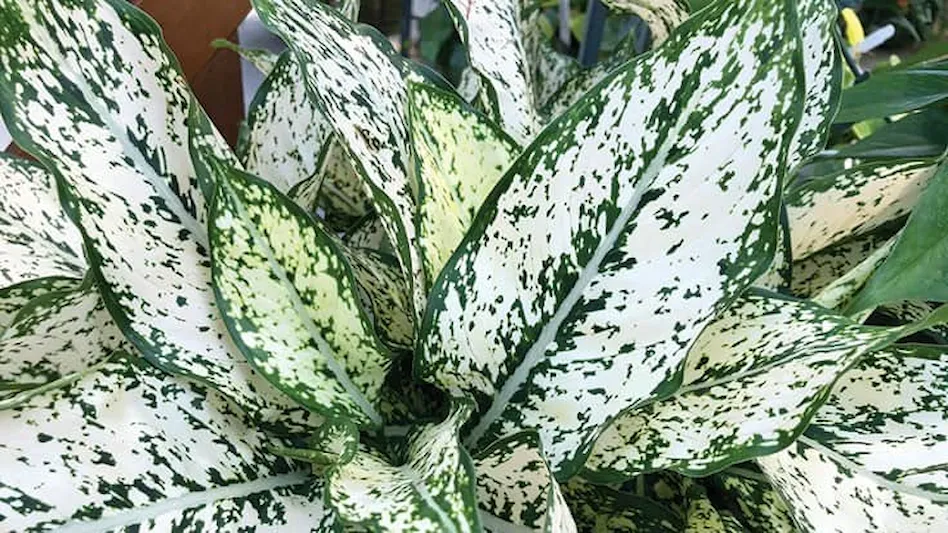
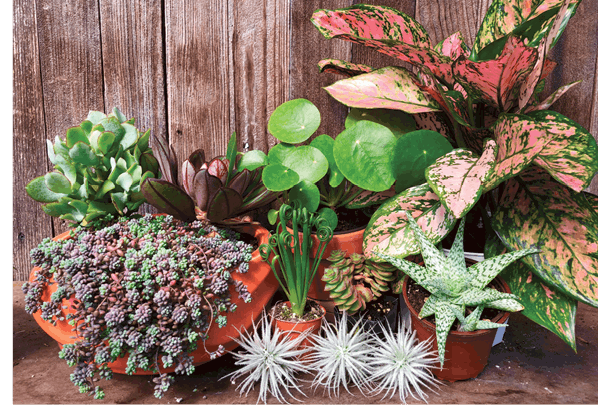
Hancock is responsible for the company’s creative efforts — plant tag designs, digital marketing, social media, website management, consumer analyzation and so forth. In today’s digital age, it is safe to say he is on the frontline of knowing who wants what and why.
Are you ready to meet that pent-up demand for your garden retail customers?
Health-backed houseplants
Compared to previous years, the houseplant trend has interested new clientele, but the plants themselves are no longer for looks and home décor. Now, they are part of a greater focus on lifestyle and health.
About two-thirds of customers who visit Sunnyside Nursery in Marysville, Washington, seek out air purifying plants, according to Holli Schippers, the retailer’s houseplant and seasonal manager.
“I think they’ve come back because of people wanting to be healthier,” Schippers says. “What I get is, ‘What can I use for air purifying plants?’ That is constant, constant, constant. People want to clean the air in their house, especially because of COVID.”
Hancock agrees. Although he believes the houseplant obsession would have resurfaced in general, “millennials in particular are really interested in their wellness and that audience has created more momentum,” he says.
Diverse door knockers
While health-supporting plants are top-sellers, air purifying plants are not the only greenery customers seek at Sunnyside. According to Schippers, shoppers look for pet-friendly options and succulents. Sunnyside also sees a host of customers with preferences for all sizes, colors, and textures, “anything from 6, 7 feet tall to a little 2-inch pot,” she says.
Because of this, she orders large amounts of plants weekly to meet the demands of her diverse clientele.
“We get everything,” Schippers says. “We get the middle aged-consumers, the millennials, the young’uns that are buying their first home and want something big for the entrance, or something little for the tabletop. We get groups of women that are in their 60s and 70s all giddy saying, ‘Look what I found,’ and I’m talking cartloads of plants. The millennials come in and shop in groups, and they’re in here every week or every pay day. Then we get the young kids that come in with their parents that are around 10, 12 years old. It’s all generations.”
Like Sunnyside, Costa Farms also has multiple consumer groups, but the most engaged consumer, Hancock says, is typically the millennial woman followed by the “core consumer — the person who’s between 45 and 50 and has always had plants.” The latter group generally has no interest in trendy varieties, but in simply nurturing their passion of plants, Hancock has observed.
While he sees a broad assortment of buyers, like Schippers, he has also noticed no favor toward one type or size of plant, but rather a focus on certain sought-after varieties instead.
“I think with the collectors it’s more about the variety than the size — getting this new plant that they’ve had their eye on for a couple of years but never saw on sale,” he says.
The digital drive
Some of the inspiration that drives the return of the houseplant craze includes changes in generational buying, and, of course, social media’s influence, Hancock says. And while he believes the houseplant craze would not be “nearly as popular if it weren’t for Instagram,” Schippers says the infatuation has always been there.
“I think [collectors] want to be trendy but it was the same before,” she says. “Back in the 1800s, a houseplant showed that you had wealth, status. So, I think it’s still a little bit of a ‘Look what I could get’ situation.”

Hancock, too, has noticed the same trend, and in his own words, he calls it a “need point” for some consumers.
“With the collectors, a need point is finding new and interesting varieties. Not only to have for their collection, but also to be able to show off on social media,” he says. “I think that's as much of a driver as it is just having it.”
The digital drive is also accompanied by a new way of shopping, ordering and delivering. Because of this, Costa Farms established an Amazon store to reach more customers. For some, partnering with the massive online shopping platform is out of the question, but Hancock has another perspective.
“It certainly makes plants more accessible, especially for consumers in small towns where they may not have a large store that buys from us,” he says. “And then, I also suspect that it's really utilized in dense urban areas where they have stores, but it may be a pain to go out and schlep your plant, your pot and your potting soil back to your apartment.”
To trend or not to trend
Although Costa Farms keeps its eye on trends, Hancock says they are careful about which ones to follow and they try to establish a leadership position instead, allowing them to maintain value in their selections.
“Just because a variety is popular today, that doesn't necessarily mean that we might try to chase that one,” Hancock explains. “But we might look for the criteria that we think will lead to the same level of popularity in other varieties, especially if it's one consumers aren't familiar with, or if it’s not particularly well-known in the trade.”
Selecting what fads to follow also allows Costa Farms to balance its wide buyer pool. Because there are still a lot of entry-level consumers, the company continues to focus on easy care plants like Sansevieria, Zamioculcas and ponytail palm, for example. Hancock also references cacti and succulents, although he does not think they are necessarily as easy to care for as most consumers assume.
With the more engaged consumer, however, Hancock has seen a “heavy swing” toward trendy varieties like Monstera deliciosa, M. adansonii and Ficus lyrata, for example.

While Costa Farms is selective with the trends it follows, Sunnyside seeks out its own niche by appealing to the plant parents who are looking for rare finds. Luckily for Schippers, her natural affinity for “things that are weird, unusual, hard to get and colorful” is a perfect fit for Sunnsyide’s wide array of houseplants.
Full of “interesting-looking plants that can be a conversation starter in your home, or something that just makes you smile when you see them” Sunnyside’s website boasts some distinctive plants in that category including Monstera adansonii, Columnea gloriosa (goldfish plant), and Ceropegia woodii (string of hearts).
When Schippers runs across hot commodity plants like these, she buys them up with no hesitation.
“There are so many houseplant forums with people looking for hard-to-come-by plants that come in on a regular basis. So, when I find something that’s hard to come by, I don’t even look at the price because I know it will sell,” she says. “People will spend what they want to on the more unusual, hard-to-come-by things.”
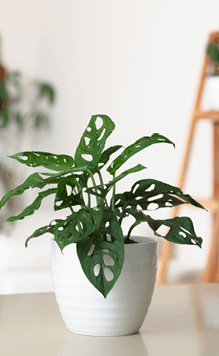
The future of indoor foliage
Compared to previous years, Hancock says Costa Farms is planting more of its Trending Tropicals collection ¬which he describes as “the newer, more collector-y plants.”
He attributes that to the entry consumers’ rise in ranks.
“I think we’re seeing more and more consumers move up that continuum, starting at, ‘I’m an entry level consumer and I got a couple plants,’ to ‘I’m having really good success with the plants, let me get a few more.’ And then suddenly, ‘Alright, I need this new exclusive one.’ It’s kind of a need for some people.”
But, to know if the houseplant trend will continue or cease like it did back in the ‘70s is “the million-dollar question,” he says.
Hancock also says that because social media is fickle, sometimes trends that originate there tend to fizzle out quickly. Whereas in pre-social media days, the rise and fall of fads were slower. Still, he does not see any sign of the houseplant craze stopping. Schippers agrees.
“I think, like anything, it might slow down, but I don't think it will disappear,” Schippers says. “I think it may slow down like it did before, resurge and be popular again. But we’ve got a long wave to ride right now.”
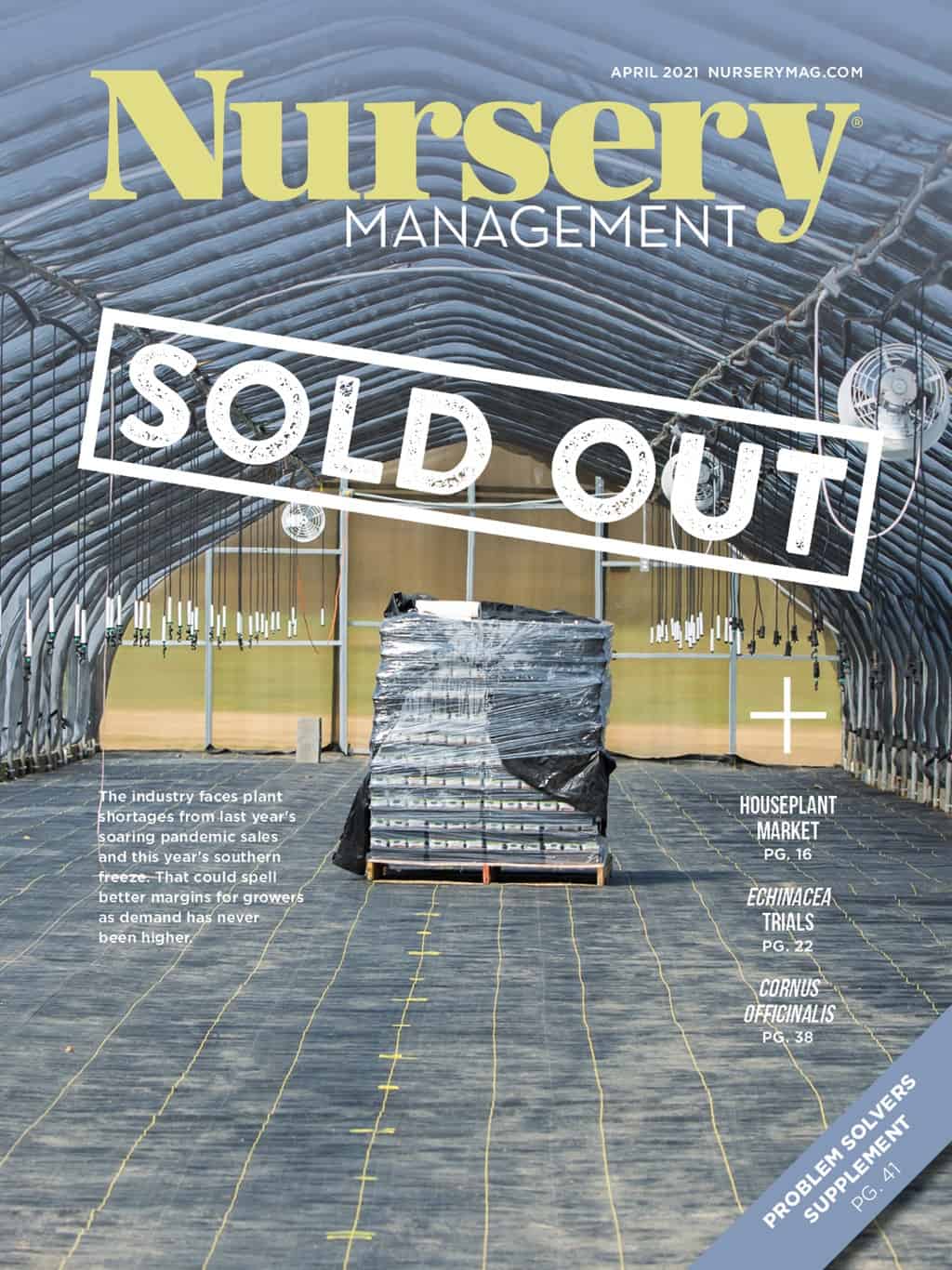
Explore the April 2021 Issue
Check out more from this issue and find you next story to read.
Latest from Nursery Management
- Registration opens for Darwin Perennials Day
- April 2024 issue recap
- U.S. Department of Labor finalizes farmworker protection rule
- Azo Root is now available from Harrell’s
- Smith Gardens assumes operations of Skagit Horticulture
- Garden Media Group announces the fifth annual Women in Horticulture Week
- Eason Horticultural Resources announces the addition of Phil Perry
- Perennial Plant Association celebrates 40th anniversary
